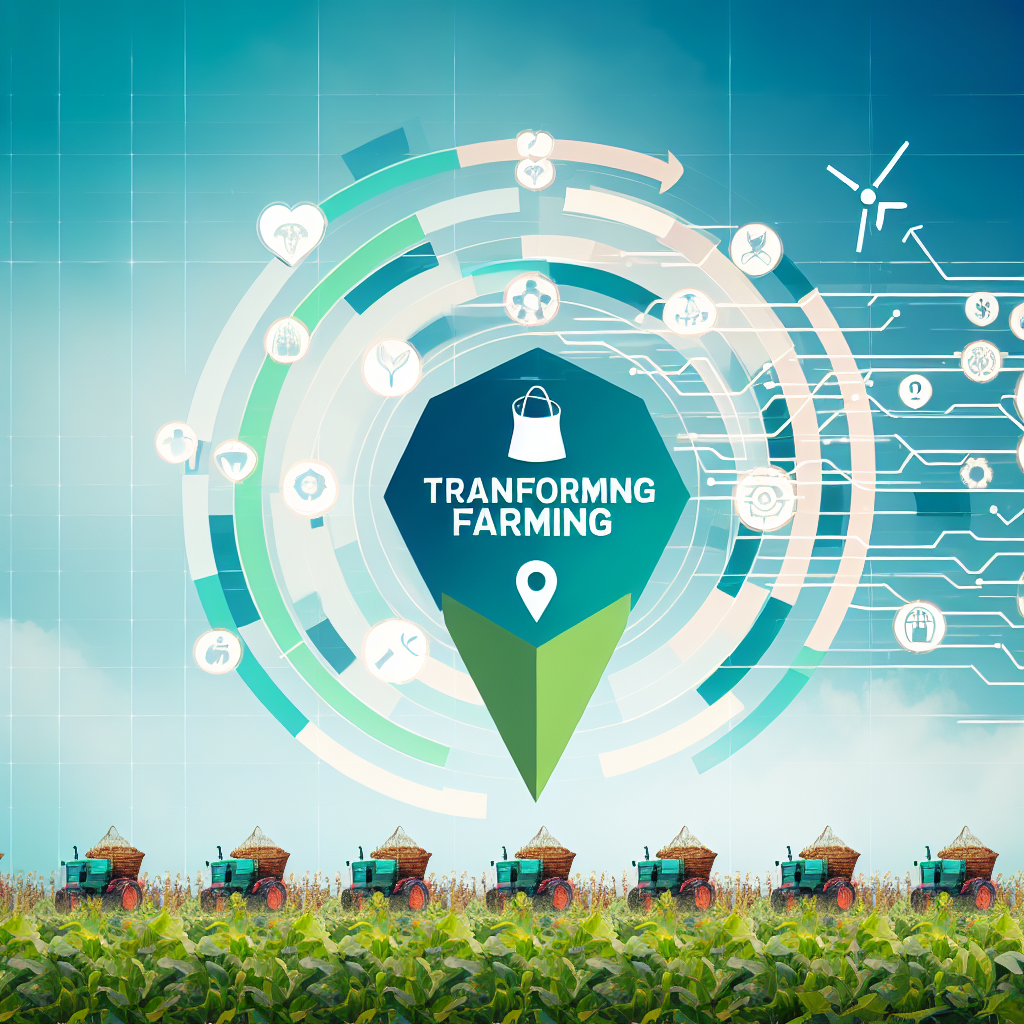Copyright @ 2023 www.digimitr.com. All rights reserved.

Transforming Farming: An In-Depth Look at the Digital Agriculture Mission (DAM) by the Ministry of Agriculture & Farmers Welfare
[Learn about the key aspects of the government scheme titled “Transforming Farming: An In-Depth Look at the Digital Agriculture Mission (DAM) by the Ministry of Agriculture & Farmers Welfare”. This program is managed by the relevant ministry and aims on delivering benefits to eligible beneficiaries.
Here is a comprehensive overview:
The Digital Agriculture Mission (DAM) launched by the Ministry of Agriculture and Farmers Welfare in India represents a significant leap towards modernizing the agricultural sector. The initiative leverages technology to provide farmers and stakeholders with innovative tools for improving productivity, sustainability, and profitability. In light of the increasing population and changing climate, it aims to transform traditional farming methods into a more digital and data-driven approach, ensuring food security and efficient resource management.
Eligibility Criteria
The DAM is designed to cater to a wide range of beneficiaries. Eligible participants may include:
- Farmers, particularly marginalized groups and smallholder farmers.
- Startups and tech companies focused on agricultural innovations.
- State agricultural departments and institutions.
- Research and development organizations and universities.
While the specific criteria may vary based on project proposals and local adaptations, a general focus on innovation, scalability, and sustainability will be paramount for any applicant seeking funding or support under this initiative.
Key Features and Benefits
The Digital Agriculture Mission is characterized by several key features aimed at revolutionizing the farming landscape:
- Data-Driven Insights: The integration of big data analytics will provide farmers with a wealth of information about weather patterns, soil health, and crop viability.
- Smart Farming Techniques: Adoption of IoT (Internet of Things) devices will enable real-time monitoring of crops and livestock, enhancing productivity and efficiency.
- Market Access: Digital platforms will bridge the gap between farmers and markets, reducing the role of middlemen and increasing farmers’ profits.
- Capacity Building: Training programs will equip farmers with the skills required to utilize new technologies effectively.
- Research and Development: Enhanced partnerships between agricultural colleges, R&D institutions, and private industries will drive innovations.
The overall benefits are expected to include higher yields, reduced operational costs, and enhanced income for farmers.
Application Process
The application process for participation in the Digital Agriculture Mission is streamlined to encourage seamless engagement from various stakeholders:
- Proposal Submission: Interested parties must submit a detailed project proposal that outlines the objectives and methodologies aligned with DAM’s goals.
- Assessment: Proposals will be evaluated based on feasibility, innovation, and potential impact on the agricultural sector.
- Approval: Successful proposals will receive funding and support from the Ministry of Agriculture and Farmers Welfare.
- Implementation: After approval, applicants will commence the implementation of their proposed solutions.
Funding and Budget
The Digital Agriculture Mission is backed by a substantial budget aimed at fostering technological advancements in agriculture. Specific allocations cover both research and implementation phases and can vary based on the project scale. Funding sources may include:
- Government grants from the Ministry of Agriculture and Farmers Welfare.
- Collaborations with private sectors and international organizations.
- Co-funding through partnerships with NGOs and agricultural cooperatives.
This financial support is critical in ensuring that innovative projects can scale effectively and contribute to the mission’s overall goals.
Achievements or Impact
Since its inception, the Digital Agriculture Mission has made significant strides in enhancing agriculture’s digital landscape:
- Increased awareness and adoption of smart farming technologies.
- Improved efficiency in resource management, leading to reduced wastage.
- Expanded market access for farmers through digital platforms.
Numerous pilot projects have demonstrated promising results, showcasing increased crop yields and profitability for participating farmers.
Challenges (if any)
Despite its successes, the Digital Agriculture Mission faces several challenges:
- Infrastructure Issues: In rural areas, inadequate internet connectivity and technological infrastructure can hinder the implementation of digital solutions.
- Digital Literacy: A lack of familiarity with technology among some farmers can limit the adoption of digital farming practices.
- Funding Constraints: Securing continuous funding for large-scale projects can be challenging, affecting long-term sustainability.
Recent Updates
The Digital Agriculture Mission continues to evolve, with various recent updates, including:
- Partnerships with tech companies to develop user-friendly mobile applications for farmers.
- Initiatives to enhance digital literacy among farmers through training programs and workshops.
- Updates to funding guidelines to encourage diverse project submissions from rural and urban agricultural stakeholders.
Conclusion
The Digital Agriculture Mission stands as a beacon of hope for transforming the agricultural landscape in India. By harnessing the power of technology and data, it aims to empower farmers, enhance productivity, and ensure sustainability in food production. While challenges remain, the ongoing efforts of the Ministry of Agriculture and Farmers Welfare, along with active stakeholder engagement, suggest a promising future for farming in the digital era.
FAQ
1. What is the Digital Agriculture Mission?
The Digital Agriculture Mission is an initiative by the Ministry of Agriculture and Farmers Welfare in India aimed at utilizing technology and data analytics to modernize farming practices, improve productivity, and enhance market access for farmers.
2. Who can apply for funding under the Digital Agriculture Mission?
Eligibility extends to a broad range of stakeholders, including farmers, agriculture-related startups, research institutions, and state agricultural departments. Each must propose innovative projects that align with the mission’s objectives.
3. What challenges does the Digital Agriculture Mission face?
Challenges include inadequate digital infrastructure in rural areas, low digital literacy among some farmers, and the need for sustainable funding sources to support ongoing initiatives.
For more information, check out official government site,
Official government website or relevant source not provided.
Stay updated on related schemes and initiatives using hashtags: #Transforming #Farming #InDepth #Digital #Agriculture #Mission #DAM #Ministry #Agriculture #Farmers #Welfare
Share your thoughts about this scheme in the comments below!





